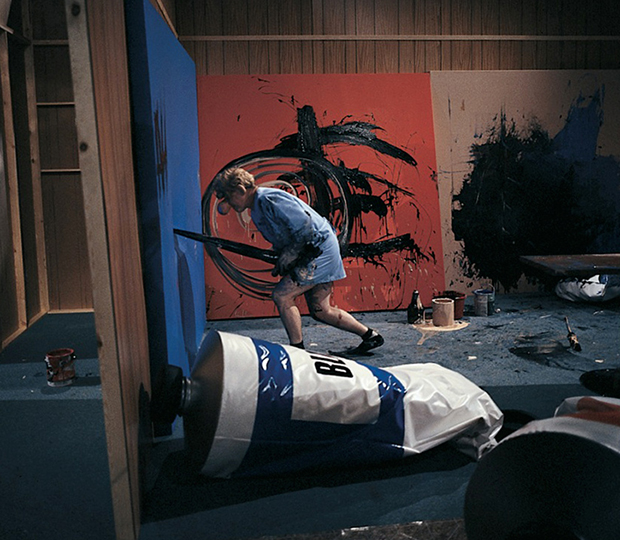
How Paul McCarthy turned action painting obscene
Find out how the artist changed the heroic gestures of Pollock and co. into an abject critique of 20th Century USA
One of the most important things about Abstract Expressionism wasn’t what the pictures ended up looking like, but rather how they were made. Artists like Jackson Pollock and Willem de Kooning emphasized the wild gestures they used to create their artworks, and the critics, in sympathy, coined the term ‘action painters’ during the early 1950s to describe these macho splashes and brush strokes.
While the public taste for Pollock and co. waned in the subsequent decades, the performitive side of their painting remained a powerful influence on a younger generation of US artists, including a certain Salt Lake City student called Paul McCarthy.
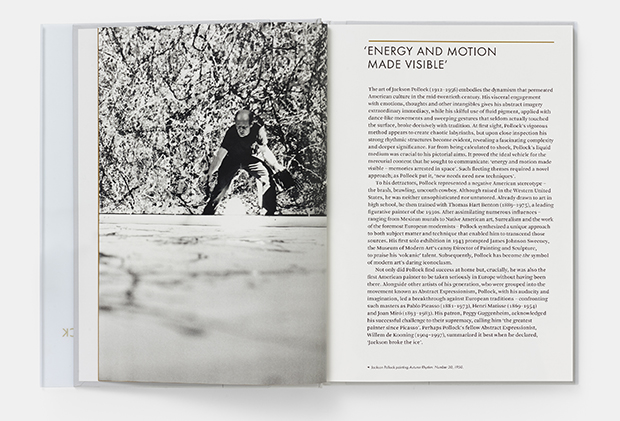
"At the University of Utah in the late 1960s, McCarthy’s early interest lay in painting, but it was a concept of painting shaped by Pollock’s more action oriented legatees, such as Yves Klein and Allan Kaprow,” writes Hayward Gallery Director Ralph Rugoff in our McCarthy Contemporary Artist monograph.
This might sound surprising, given that McCarthy is best known today for his scatological parodies of Walt Disney, Father Christmas and George W Bush. However, as Rugoff explains, the gap between Pollock’s many brushstrokes and McCarthy’s obscene gestures is not so great.
As a student, McCarthy was not content simply aping an earlier generation. Perhaps in an attempt to move the form forward, and, maybe to address the craven politics of the Nixon era, McCarthy, upon relocating to California in 1969, pushed action painting into a dirty new space.
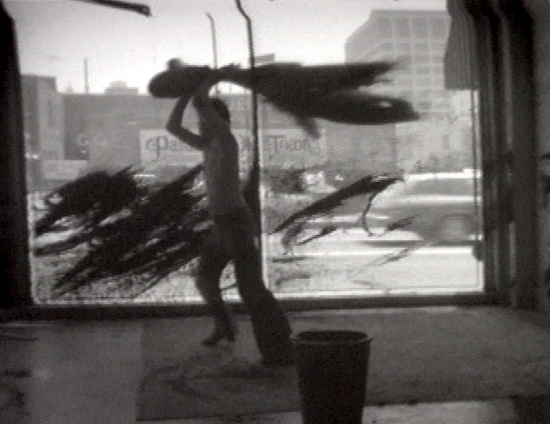
"While in San Francisco, McCarthy had begun using silver paint less as a mark-making pigment than as an all-purpose covering agent, a liquid blanket with which he coated dirt, road maps, cardboard and newspapers, often displaying them against silver-painted walls,” Rugoff explains. “From silver paint and the idea of painting as an action about concealing or covering up, McCarthy moved on to using motor oil, and eventually, food; in another collaboration with Cram he did several ‘paintings’ by sandwiching ketchup between glass sheets.”
In 1970, the artist moved again, this time to LA, in part to study film. Yet he continued to investigate the more obscene possibilities offered by action painting.
{media2}
“In Los Angeles, he began painting with various parts of his body, often in performance-like acts that combined parody with strong undertones of masochism and self-abasement,” Rugoff writes. “Lampooning the storied machismo of the Abstract Expressionists, he made private videos and public performances in which he painted using his penis as a brush."
From there, it is quite easy to see how McCarthy, now with additional film skills, and a full grasp of the sour end of hippy-era art and politics, created the style he is known for today.
"By the mid-1970s, when he settled on food products as his medium of choice, his trademark performance style crystalised,” Rugoff explains. “In actions that loosely allegorised social conditioning and sexual oppression, he stuffed raw meat and cold cream into his mouth; filled his pants with tuna fish, butter and ketchup; and dressed as a house wife and scrubbed the floor with milk. By the time of Hot Dog (1974), his masochistic culinary rituals were already well defined. As described by performance artist Barbara Smith, who was part of the small audience in McCarthy’s basement studio, the event began with the artist stripping to his undershorts and shaving his body:
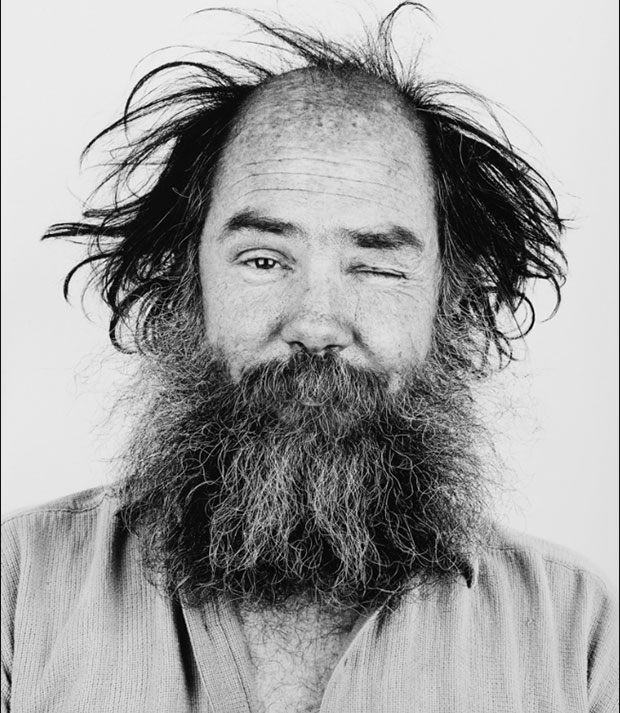
“He [then] stuffs his penis into a hotdog bun and tapes it on, then smears his ass with mustard," Smith later recalled. "He approaches the tables and sits nearby, drinking ketchup and stuffing his mouth with hot dogs. Binding his head with gauze and adding more hot dogs, he finally tapes his bulging mouth closed so that the protruding mouth looks like a snout. He stands alone struggling with himself, trying to prevent his own retching. It is apparent that he is about to vomit. Should he vomit he might choke to death, since the vomit would have no place to go. And should anyone of us vomit, we might trigger him to do likewise."
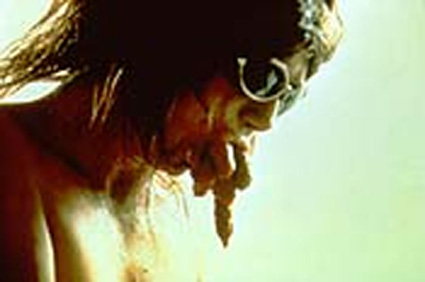
It’s not the sort of thing you would have expected to find at Peggy Guggenheim’s salon, decades earlier. Nevertheless, we can all see how, from Jackson Pollock’s wild gestures; McCarthy developed his abject body art.
Want more of this? We thought so! Then get our newly updated Paul McCarthy monograph. And for greater insight into the kind of art world Jackson and co passed on to us, order a copy of Painting Beyond Pollock.